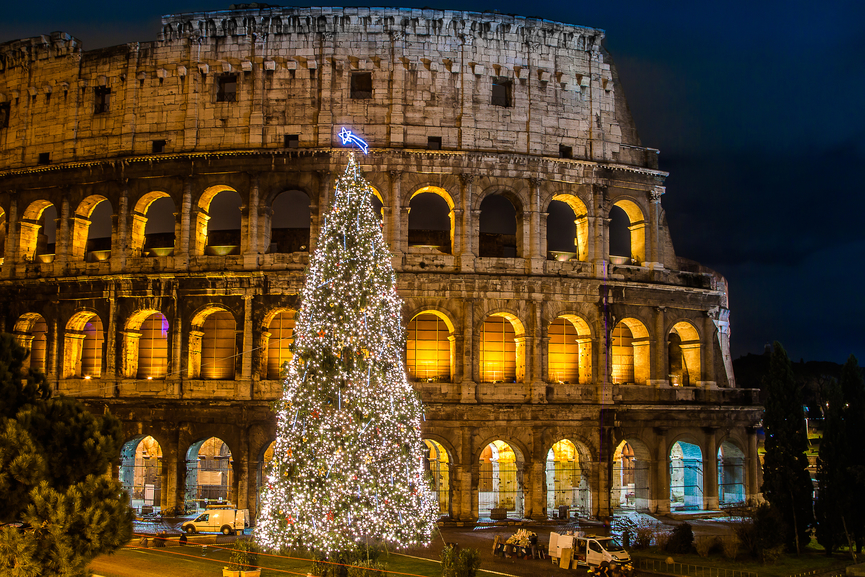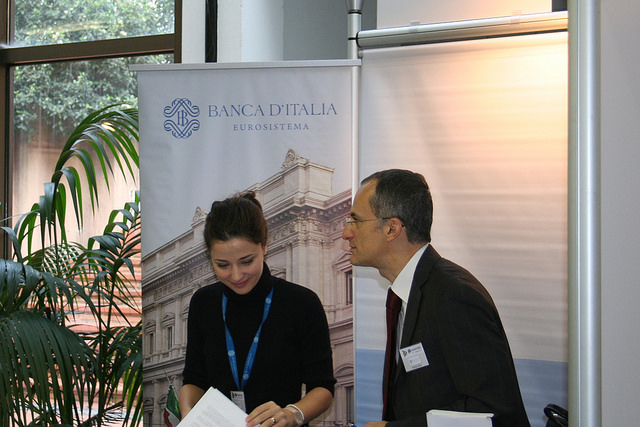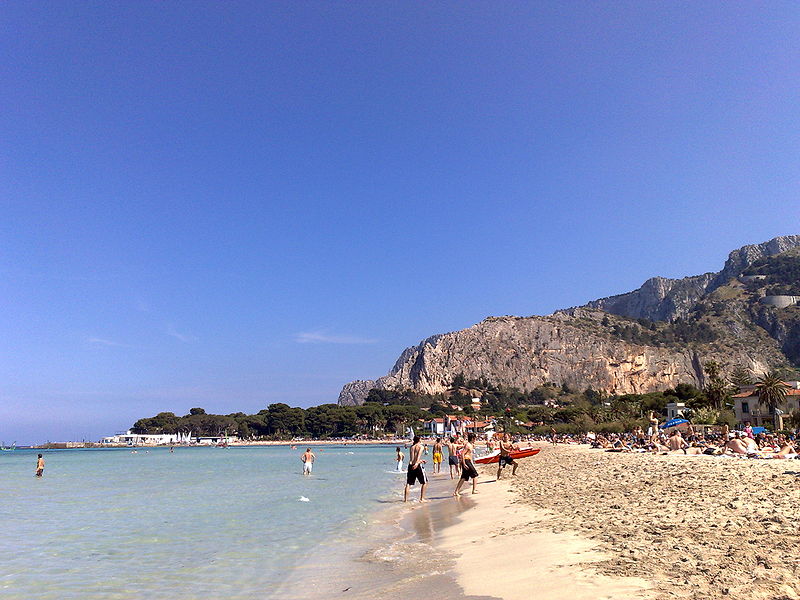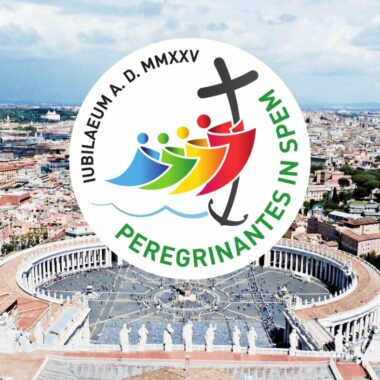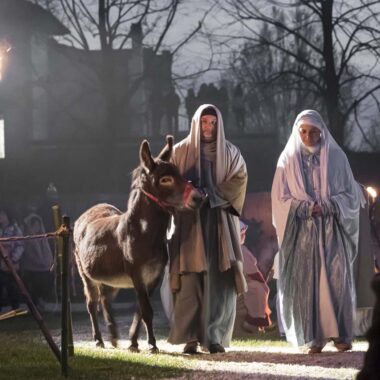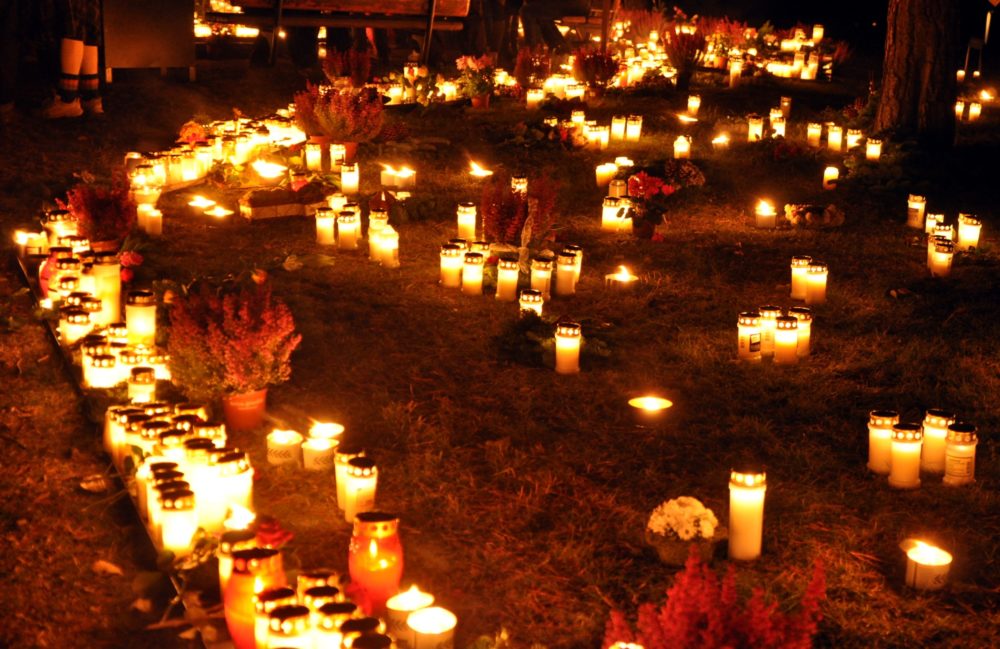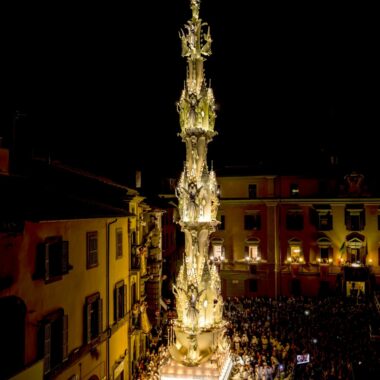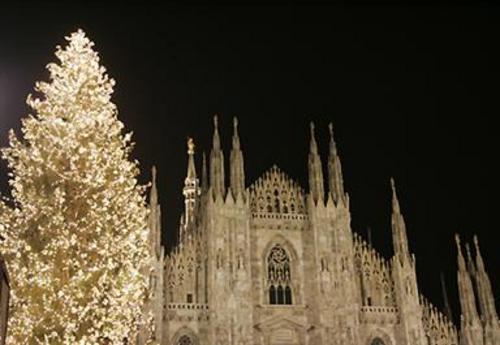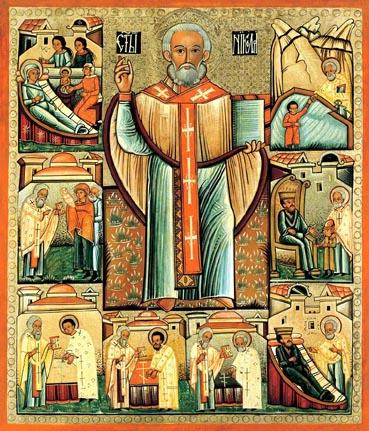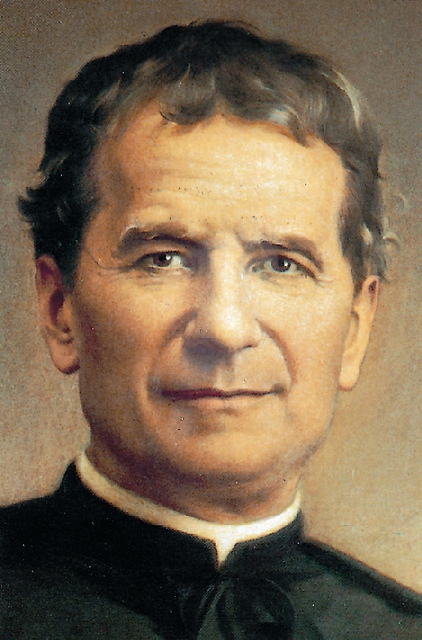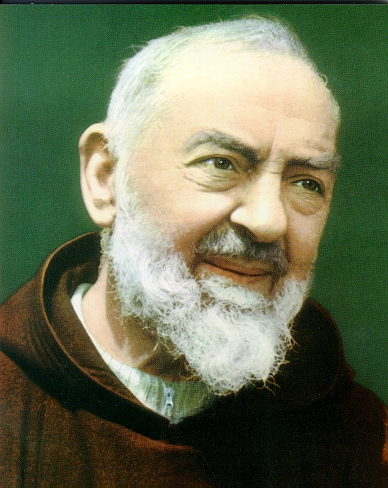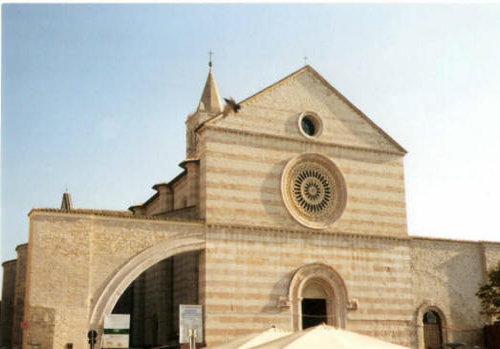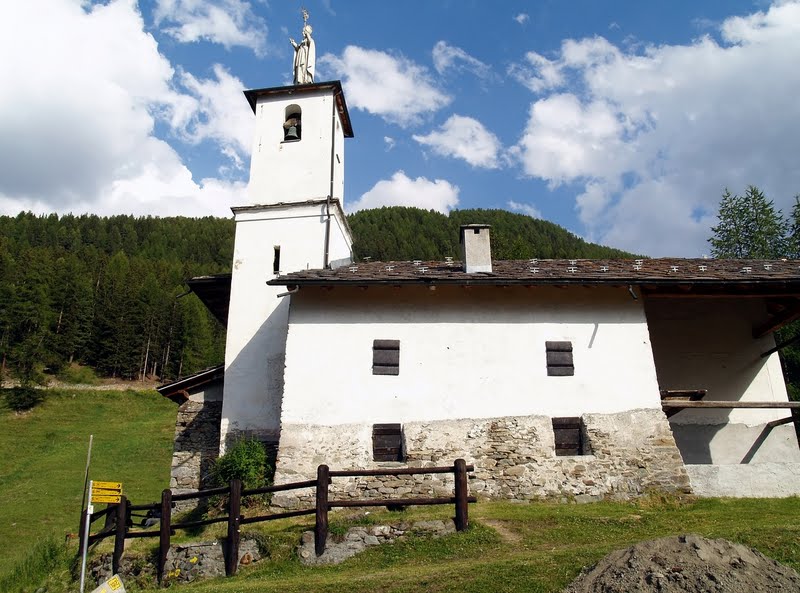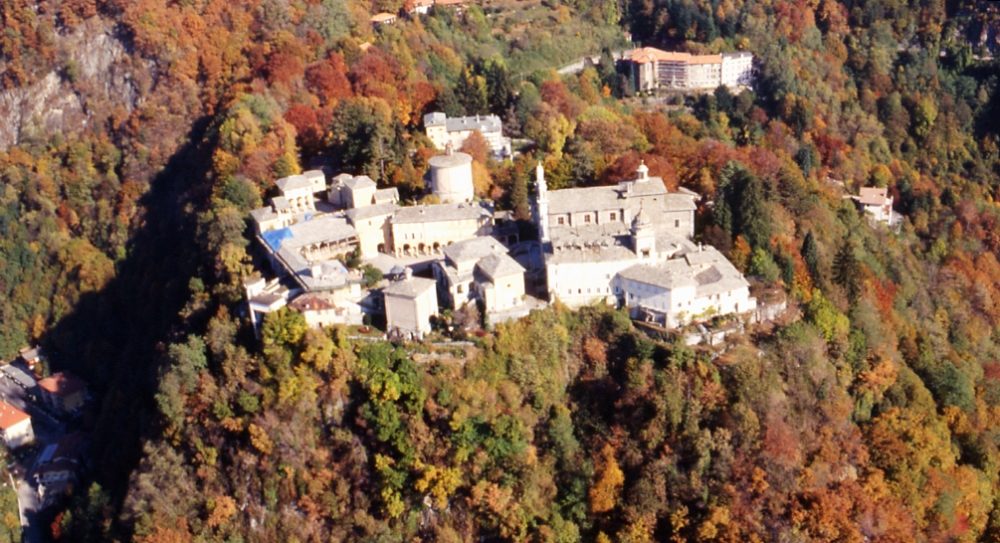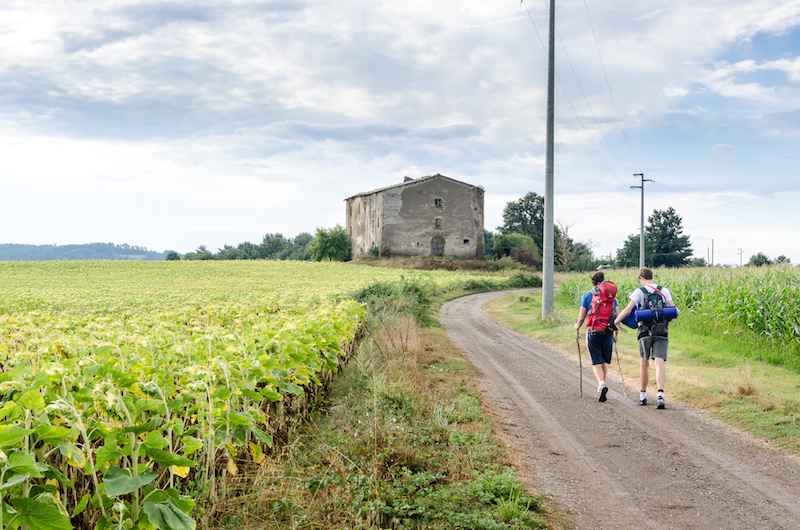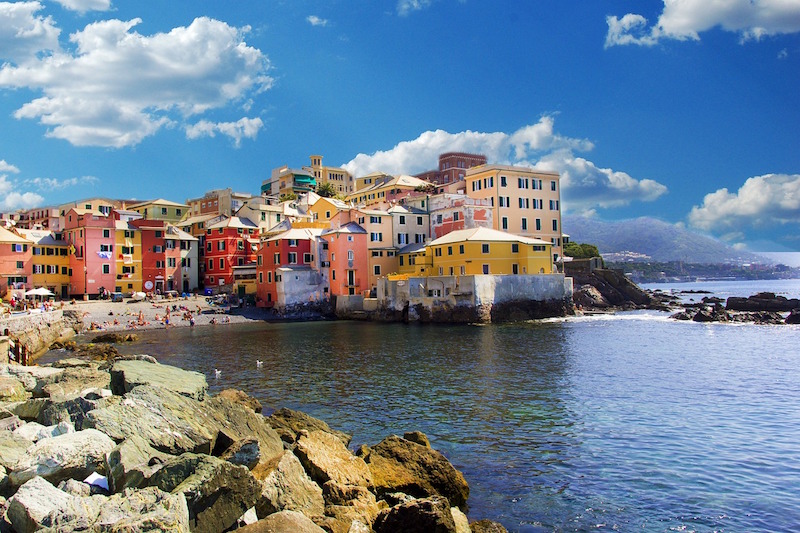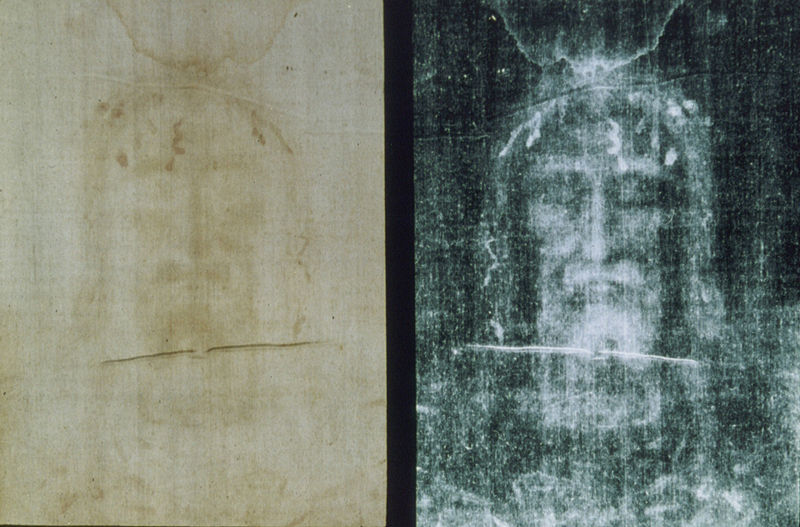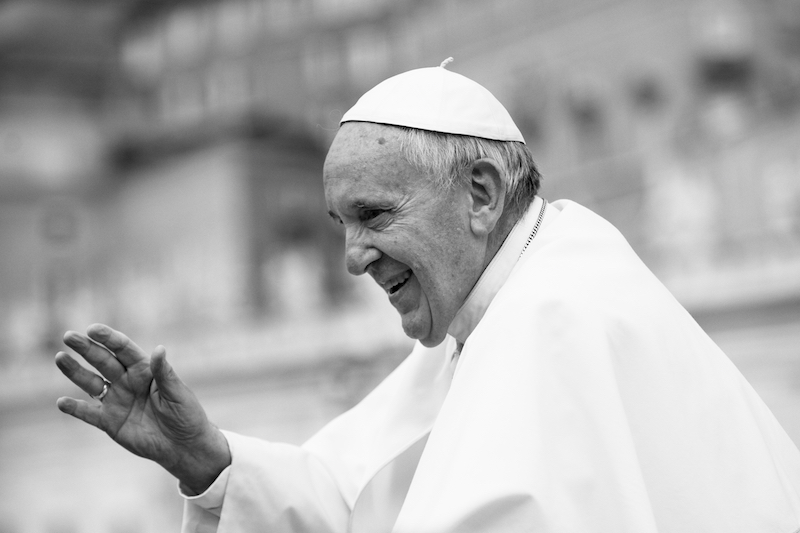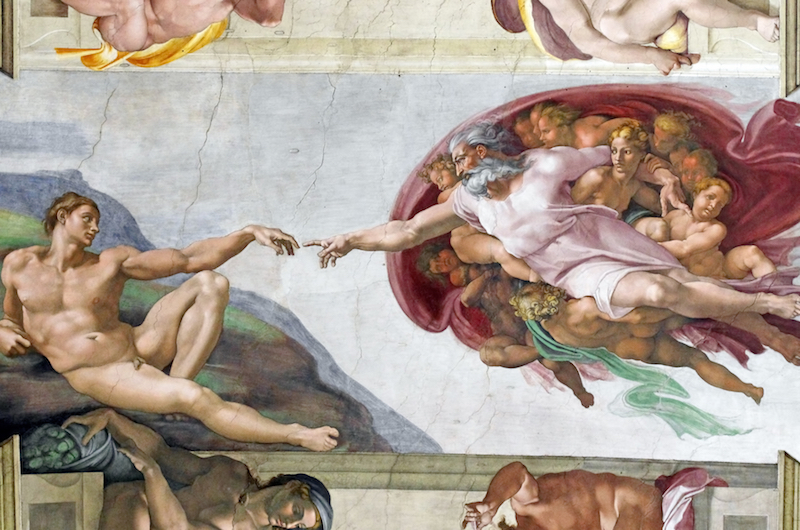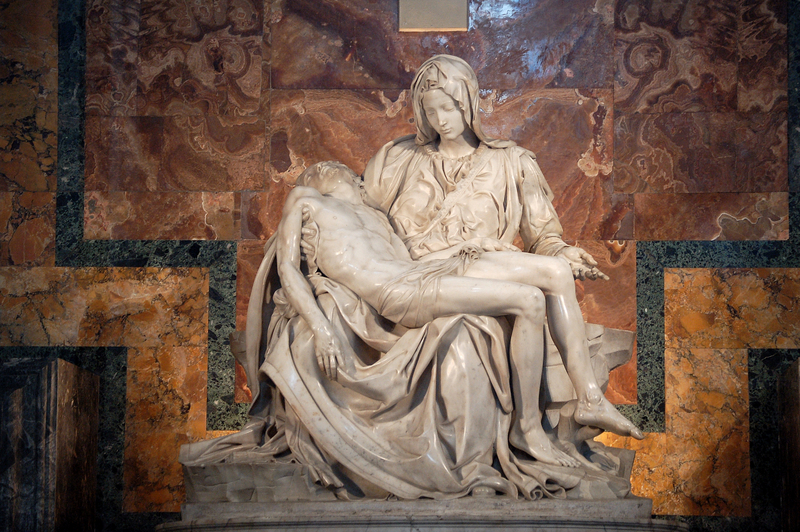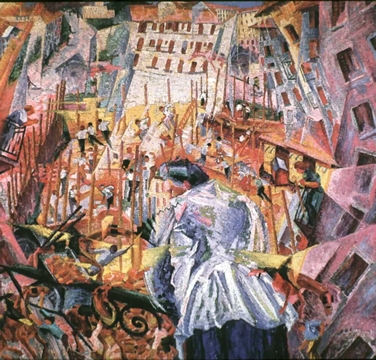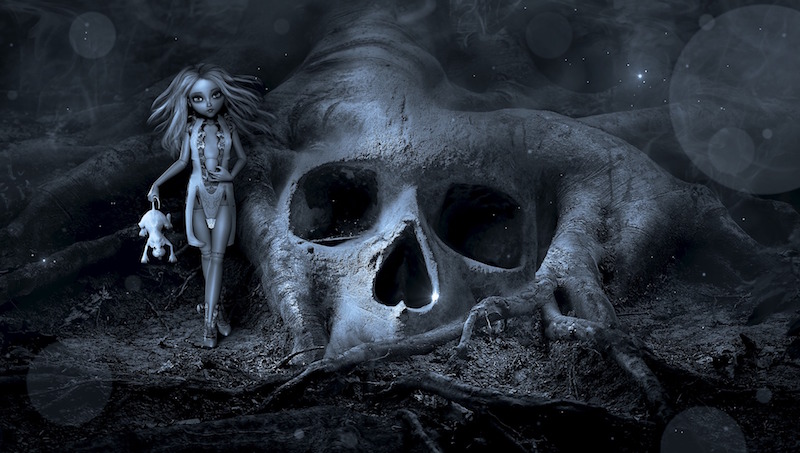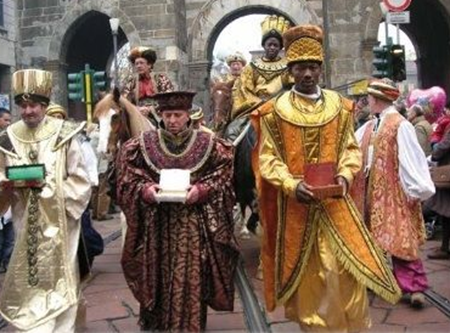Don’t forget to read Part I of this article to learn more about the Saints!
Saint Anthony of Padua

Saint Anthony, simply known as Il Santo in Padua is one of the most popular Christian saints of all time. Anthony was born in Lisbon, Portugal, and from a very early age he was in search for a better way to serve God. He found it in the form of the Franciscan Order, which was, at the time, quickly spreading across Europe. Anthony would have had a much shorter and obscure life of martyrdom if not for a fateful illness and shipwreck that left him in Italy in time to attend the General Chapter of Franciscans in 1221.
A Franciscan in the mold of Saint Francis himself, Anthony was a stalwart against the Christian heresies spreading through Europe during his lifetime. In a time when heretics were being burned at the stake, his kind words and his ability to listen as well as speak, led to the conversion of countless non-believers. Anthony was known for his miracles, which included the phenomenon know as bi-location (being seen in two places at the same time), which took place in order to absolve his father of a crime. Saint Anthony is still performing miracles centuries after his death in 1231, and his statue is found in Catholic households around the world.
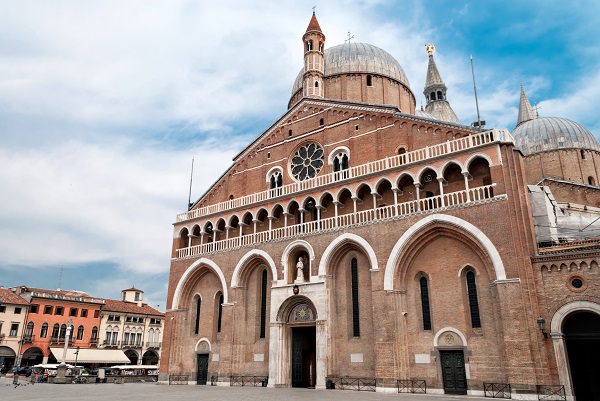
A pilgrimage to Saint Anthony’s basilica in Padua can be a very rewarding experience, as the saint is known for answering prayers offered at his tomb. The Basilica, with its Byzantine domes and Islamic-influenced bellowers, is filled with artistic works, ornate chapels and, of course, plenty of pilgrims. Saint Anthony rests in a magnificent tomb in a side chapel, while a portion of his relics lie in the treasury. The Basilica offers pilgrims a reception and welcoming area where members of the Order can assist the faithful in their devotion. However, before praying at the saint’s tomb, pilgrims should travel north to the town of Camposampiero to visit the Santuario di Sant’Antonio. The Santuario is now the site of a Franciscan monastery, but hundreds of years ago it was a small hermitage where Saint Anthony spent his last days. Devoting time for prayer at the Chapel of the Nut Tree before moving on to Padua will add that much more significance to your Saint Anthony pilgrimage.
Saint Catherine of Siena
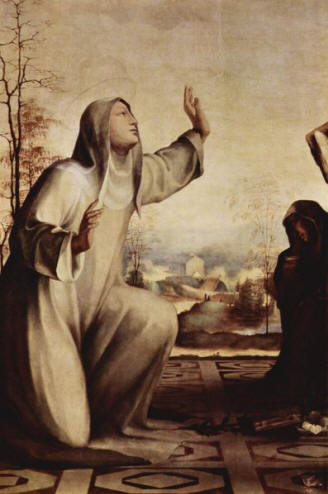
Catherine made such an impact in life, and performed so many miracles after her death, that she has been made the co-Patron Saint of Italy with Saint Francis. In life she made great strides in the church doctrine of self-knowledge being knowledge of God, and the concept of Divine Intervention. Her writings on theology helped mold modern Catholicism and Catherine is only the second woman to be considered a Doctor of the Church. Catherine was also one of the religious giants of her time, who helped in returning the Papacy from the “Babylonian Exile” of Avignon, France. At her death, she had become so popular that her funeral mass was drowned out by the sounds of the prayers of the attendants.
A pilgrimage to venerate Saint Catherine should start in her hometown, Siena, where her preserved head is kept in the Chapel of Saint Catherine at the church of San Domenico. This church, where Catherine came to confess, is where many of her miracles and visions were performed, as well as being the home to the earliest portrait of the saint. There are many other locations in and around Siena to include in a pilgrimage, including La Casa di Santa Caterina, a monastery built over the saint’s home, but the journey should end in Rome. The body of Saint Catherine of Siena is located under the high altar of Rome’s only Gothic church: Santa Maria Sopra Minerva. Within the church is the Stanza di Santa Caterina, a reconstruction of the room in which Saint Catherine died and now an ideal spot for prayer and contemplation.
Loreto: Il Santuario della Santa Casa

In the Marche town of Loreto stands a sanctuary to one of the most amazing of the pilgrimage sites in Italy. Within the Basilica della Santa Casa, and encased in an immense marble screen, is the Holy House where the Virgin Mary once lived in Nazareth. It is in this once humble home of brick that the Annunciation, the subject of so many Renaissance masterpieces is said to have taken place. Its arrival in Italy is also miraculous, as the Holy House is said to have suddenly appeared in Croatia from its location in Nazareth in 1291. Three years later, the Holy House appeared in Loreto and has become a major pilgrimage site ever since. How it arrived in Italy may be legend, but examinations of the materials, including ancient Christian graffiti, proved the house was once located in the Holy Land.
The Sanctuary of Loreto is a very active pilgrimage site and is especially frequented by the sick and disabled for its miracles. Saint John Paul II visited several times during his pontificate and the Sanctuary is popular with young pilgrims, Catholic organizations and tour groups. The pleasant town of Loreto has grown up around the shrine and offers pilgrims accommodations as well as year round activities. Once per year the Catholic movement of Communion and Liberation promotes a night pilgrimage to the Sanctuary of Loreto starting sixteen miles away, in the town of Macerata. Each year, thousands of pilgrims make this journey reciting the rosary and singing songs of faith as they walk to the shrine in deep prayer.
Saint Pio of Pietrelcina

A household name all over the world, Padre Pio da Pietrelcina is the most famous stigmatic in recent history. San Giovanni Rotondo, a small town in Apulia, was a pilgrimage destination even before his death in 1968. Millions of pilgrims visit his resting place here each year, many hoping for the saint to cure their illnesses. This is one of the largest Christian pilgrimage destinations in the world, and for this reason, the dioceses has been building a brand new basilica to accommodate the steady stream of pilgrims, as well as a new crypt for the saint.
Saint Nicholas of Bari
Saint Nicholas (San Nicola or Nicolò) is the Patron Saint of children, merchants and sailors and has been located in the southern port of Bari since the late 11th century. The bones of Saint Nicholas are one of the few relics said to emit a fragrant liquid known as manna, which is collected for its healing properties. Nicholas continues to be a very popular saint throughout Christendom and a pilgrimage site for both Catholic and Orthodox Christians, a rarity in Western Europe.
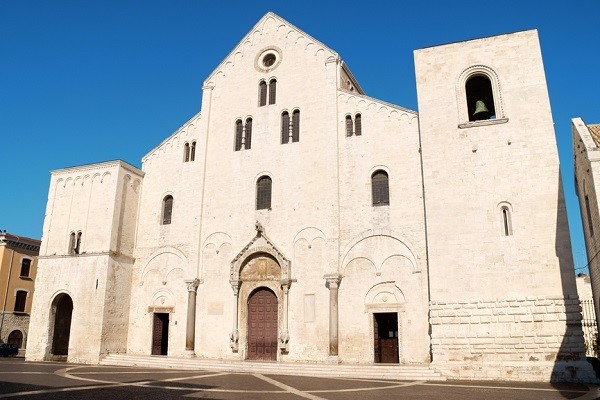
Sources/For More Information:
- Omer Englebert: The Lives of the Saints. Trans. Christopher and Anne Fremantle, Barnes & Noble Books, New York, 1994.
- James, Colleen Heater: The Pilgrim’s Italy: A Travel Guide to the Saints. 1st ed. InnerTravel Books, Nevada City, 2003.
- Lucinda Vardey: Traveling with the Saints in Italy: Contemporary Pilgrimages on Ancient Paths. HiddenSpring, New Jersey, 2005.
- Basilica of St. Anthony of Padua: http://www.basilicadelsanto.org
- Sanctuary of Loreto: http://www.santuarioloreto.it
- Comitato Pellegrinaggio a Loreto: www.pellegrinaggio.org
- Saint Padre Pio of Pietelcina: www.conventopadrepio.com
By Justin Demetri
Updated by Francesca Bezzone


